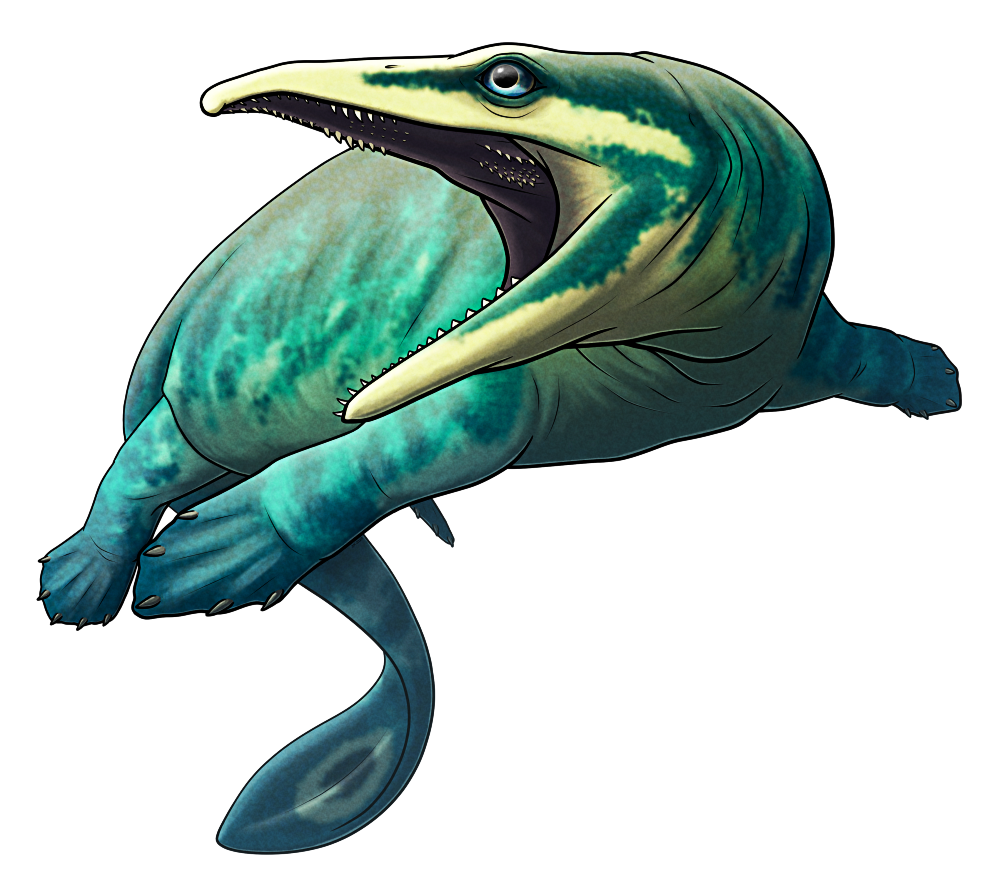Back in the 1980s, a fossil of a partial reptile skull was discovered in British Columbia, Canada, dating to the Early Triassic about 250 million years ago. Its triangular skull shape, large eye sockets, and what seemed to be distinctive spiky frills on the back of its head initially caused it to be identified as a relative of the gliding weigeltisaurids.
But the aptly-named Wapitisaurus problematicus would have had to be a very unusual member of this group. With an estimated length of up to 2m (6’6″) it was much larger than any other known weigeltisaurid, it was the only one known from the Triassic side of the “Great Dying” mass extinction event, it was found in a completely different part of the world, and its teeth seemed more like those of marine reptiles like thalattosaurs.
In recent years new discoveries and re-analysis of weigeltisaurid fossil material have resulted in much better modern understanding of their skull structure – and with that came the realization that Wapitisaurus really didn’t seem to match with them after all.
So a new study has finally identified what this problematic reptile really was… and it turns out the teeth didn’t lie! It was a marine thalattosaur all along!
Wapitisaurus had rather large eyes compared to most other North American thalattosaurs, and although the front parts of its jaws are missing it probably had a long slightly hooked snout similar to its close relative Thalattosaurus. It’s also now one of the oldest known members of the thalattosaur lineage, showing that some of their specialized skull features like retracted nostrils had actually appeared very quickly during their evolutionary history.
…Oh, and those “spiky frills” on the back of Wapitisaurus’ skull? They were actually all teeth from both the upper jaw and the palate, on broken shards of bone that had been displaced to just the right spot to muddle up its identity for over three decades.

